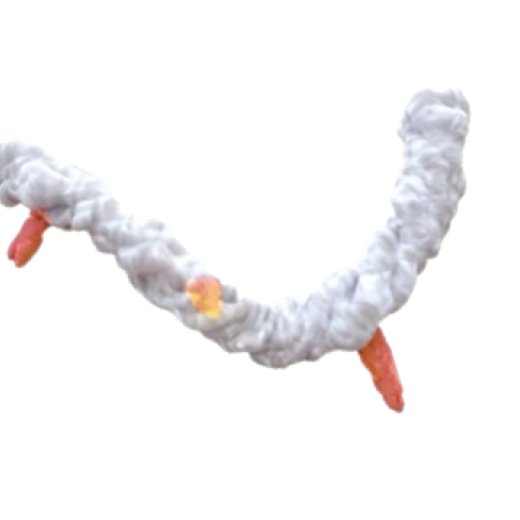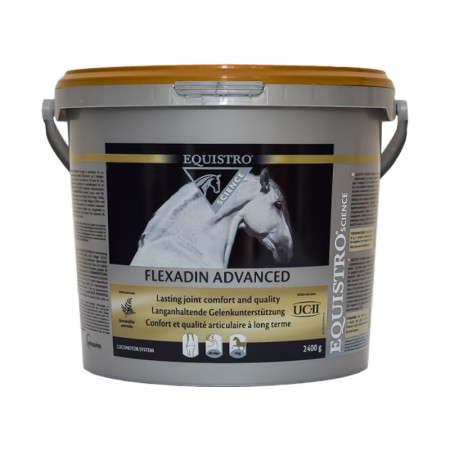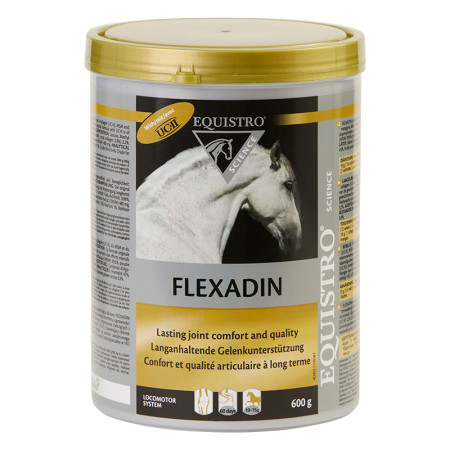
UCII® (Undenatured type II collagen)
Description
Oral administration of type II collagen is used to reduce clinical signs of osteoarthritis. Most of type II collagen found in dietary supplements is denatured or hydrolysed, which means that heat processes and chemical enzymatic reactions have been used to process it. These processes fundamentally alter the molecular structure of the protein, rendering the collagen ineffective as an immunomodulator. Undenatured (native) type II collagen is made without heat and undergoing a limited processing - just enough to concentrate the collagen and make it soluble. The UC·II® (undenatured collagen type II) patented manufacturing process ensures that the type II collagen remains biologically active in its native, triple helix form, with its privileged immunomodulating ability intact.
Properties
The consequences of UC II® for joint health have been demonstrated in equine clinical trials versus the “industry standard”, glucosamine and chondroitin sulphate (GAGs). UC II® contains specific structural regions called epitopes found on the intact triple helix which enable a privileged and natural interaction with the digestive tract and its closely associated immune system. The mechanism is called “oral tolerisation” and consists in administering an antigen (UC II®) to alter the response of the immune system: it reverse the harmful effect of the immune system in the joints responsible for osteoarthritis (cartilage destruction, pain, inflammation).
Possible uses
UC II® is recommended for athletic horses whose joints are heavily solicited. However, it also can play a major role when given to young, active athletes to ensure continued joint health. Given early on in a horse’s athletic career whilst its mobility still is very high may reduce the fast abration of the joint cartilage and can support a longlasting joint flexibility and mobility for the horse.


